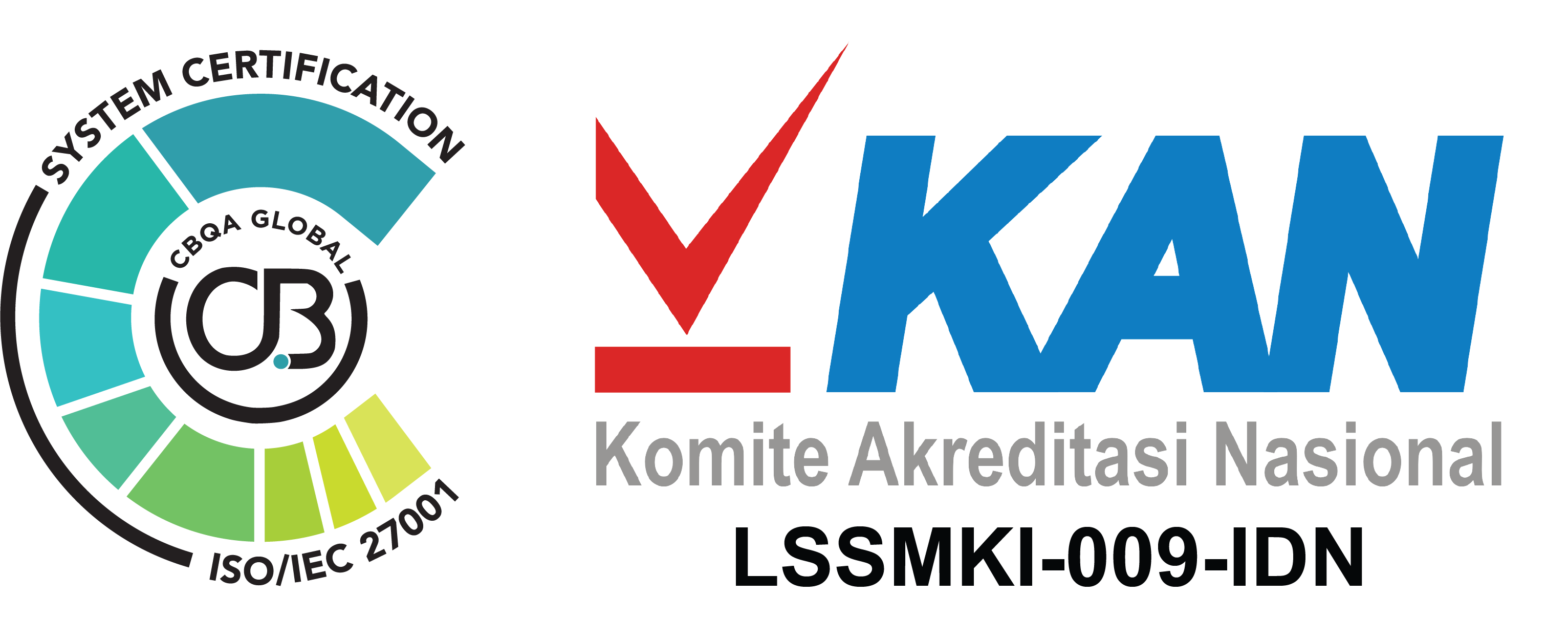Last week review:
In addition to the US debt ceiling issue that occupied the minds of global market participants (which finally managed to reach a resolution on Sunday 28/05/23 yesterday), last week was filled with monetary policy announcements of a number of countries ahead of the US Federal Reserve’s interest rate decision at the upcoming FOMC Meeting on June 13-14, and how the global economy has fared so far in facing the threat of recession. At least China, South Korea, and Indonesia kept their benchmark interest rates at 3.65%, 3.5% and 5.75% respectively; as the economic situation in these countries has not changed much or inflation has managed to level off orderly. In terms of US interest rates, Federal Reserve officials’ comments are still mixed on the future FFR hike plans. The release of the Fed Meeting Minutes from the last meeting on May 2-3, managed to show that most Fed officials think that they may not need to raise interest rates again at the next FOMC Meeting on June 13 14 (as expected by investors); although a pivot (rate cut) may not happen yet considering there are not enough strong factors to end the trend of tight monetary policy. Meanwhile, from the macroeconomic report, the US revised 1Q23 GDP to 1.3% (from 1.1% forecast) although it did weaken from the previous quarter’s 2.6%; and reported Initial Jobless Claims rose to 229k from the previous week’s 225k, but still below the forecast of 250k. Both readings signaled that the US economy is still strong and dashed hopes of a slowdown in the pace of interest rate hikes next month. Market participants are starting to factor in a 50% probability of a further rate hike at next month’s FOMC Meeting (from 28% probability previously), as reported by the Fed Rate Monitor Tool. Indonesia released 1Q23 Balance of Payments data at USD 6.5 billion, or higher than USD 4.7 billion in the previous quarter. Meanwhile, the Current Account managed to post an increase in surplus to USD 2.97 billion in the first 3 months of this year from USD 550 million in the same period last year, maintaining 7 consecutive quarters of gains and equivalent to 0.9% of GDP. Bank Indonesia re-appointed Perry Warjiyo as BI Governor for a second term. Bank Indonesia decided to keep BI7DRR at 5.75%, and reiterated its optimistic GDP projection in the range of 4.5-5.3% on the back of more aggressive economic growth in the second half of the year.
This week’s outlook:
After weeks of tough negotiations, Republicans and Democrats reached a tentative agreement to raise the USD 31.4 trillion debt ceiling, which must now pass through the Republican-controlled Parliament and the Democrat-led Senate before June 5 to avoid a default that cripples the global economy for the first time. Both sides are confident that the deal will get approval. This could be a double-edged sword for Asian markets especially in the near term. Positive sentiment will generally favor riskier assets such as stocks; but on the one hand the debt limit deal gives the Federal Reserve more room to tighten policy, which could boost US bond yields and strengthen the dollar – usually not a positive sentiment for emerging markets. Economists will be closely monitoring the following sequential employment data: JOLTs Job Openings (Apr.), ADP Nonfarm Employment Change (May), Initial Jobless Claims, US Nonfarm Payrolls (May), and Unemployment Rate (May). These jobs data are one of the last important keys before the upcoming June FOMC Meeting; the Fed had signaled at its May meeting that it was open to the possibility of pausing interest rates, which have been rising aggressively for 14 months. Market participants now calculate a 64% chance that the US central bank will still raise the FFR another 25bps at the upcoming June 14 FOMC Meeting, as reported by Investing.com Fed rate monitor tool. This week will also be monitored for comments from a number of Federal Reserve officials that will give an idea of the direction of their monetary policy going forward. China will release PMI data on Wednesday, followed by the Caixin Manufacturing PMI for the private sector. Contraction in the manufacturing sector is expected to soften, while expansion in the services sector is expected to slow. So far the wheels of the Chinese economy are still showing weak demand from both their domestic and export markets; so the Chinese government set this year’s growth target at just 5%. From other parts of the world, Germany & the Eurozone will release CPI data (May) on Thursday which is predicted to be still far from the ECB target of 2%. The latest data shows headline inflation at 7% while core inflation is at 5.4%; no wonder the ECB is unlikely to move from its interest rate hike trend. This week will be a short trading week in Indonesia given the two-day holiday on 1-2 June, overall market sentiment will follow regional markets.
Download full report HERE.

